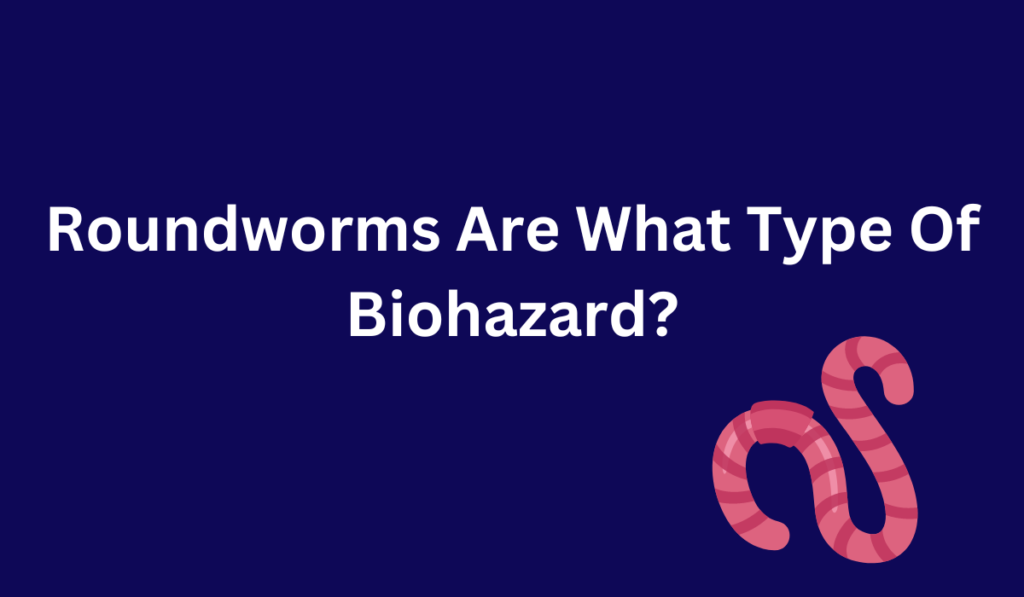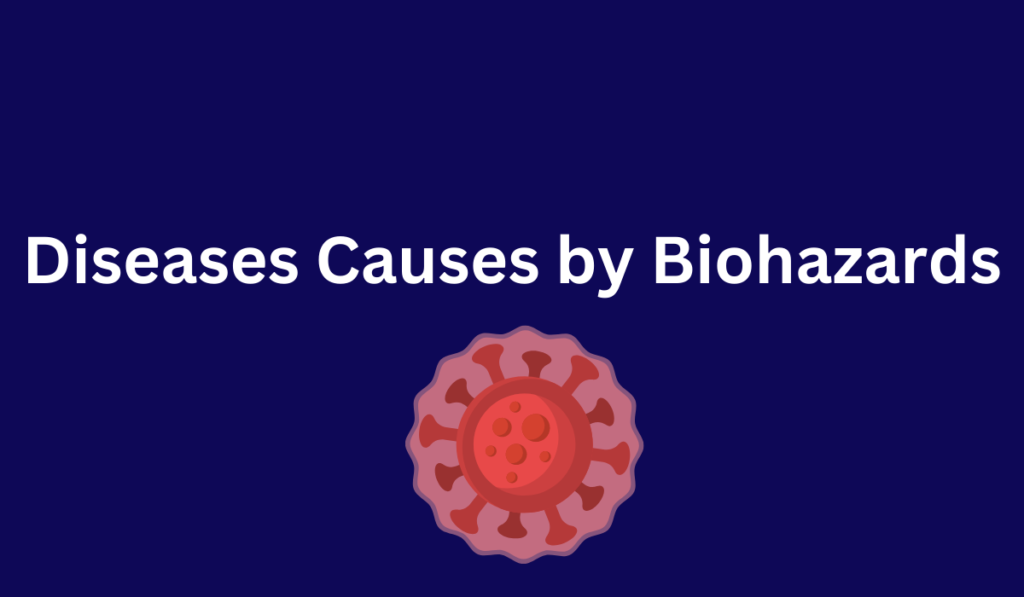
Roundworms pose a significant threat to human health as they are highly contagious and can cause severe infections, making them a biohazard of concern.
Types of Biohazards
Biohazards are biological substances that pose a threat to human health or the environment. There are several types of biohazards, including:
- Infectious agents: These include viruses, bacteria, fungi, and parasites that can cause diseases in humans.
- Toxins: These are harmful substances produced by microorganisms, plants, and animals that can cause illness or death.
- Medical waste: This includes used needles, syringes, and other medical equipment that may be contaminated with infectious agents.
- Chemicals: These are hazardous chemicals that can cause harm to humans and the environment if not handled properly.
- Radiation: This includes ionizing radiation from sources such as X-rays and radioactive materials, which can cause damage to living tissues.
- Genetically modified organisms (GMOs): These are organisms whose genetic material has been altered through genetic engineering, which may pose potential health and environmental risks.
It is important to properly identify and handle biohazards to prevent the spread of disease and protect human health and the environment.
Diseases Causes by Biohazards

Biohazards can cause a variety of diseases in humans, including:
- Infectious diseases: These are caused by infectious agents such as viruses, bacteria, fungi, and parasites. Examples include influenza, HIV/AIDS, tuberculosis, and malaria.
- Foodborne illnesses: These are caused by consuming food or drink contaminated with harmful bacteria, viruses, parasites, or toxins. Examples include Salmonella, E. coli, and botulism.
- Respiratory illnesses: These are caused by inhaling airborne particles such as dust, mold spores, or infectious agents. Examples include tuberculosis, Legionnaires’ disease, and influenza.
- Skin and eye infections: These can be caused by exposure to infectious agents, chemicals, or radiation. Examples include conjunctivitis, dermatitis, and skin cancer.
- Bloodborne infections: These are caused by exposure to infectious agents through contact with contaminated blood or bodily fluids. Examples include HIV/AIDS, hepatitis B and C, and Ebola virus.
How to Contract Parasites
Let’s explore parasites. A parasite is an organism that lives either on or inside another organism, relying on the host to survive. Unfortunately, they can also cause severe harm or damage to their host, and in some cases, even lead to death. Parasites can be either internal or external.
External parasites live on the host’s hair or skin, such as mites that can cause scabies. Internal parasites make their home inside the body, such as in the intestines or various organs. Examples of internal parasites include pinworms, helminths, and protozoa.
Protozoan parasites can enter the body through the mouth or via an infected insect bite. Malaria is a well-known example of a protozoan parasite that spreads through infected insect bites. Others, such as giardiasis and amoebic dysentery, can be spread through contaminated food or water.
Internal Parasitic Infections
One type of parasitic worm that can live inside a human body is known as helminths. Unfortunately, helminths can enter the body in various ways, including insect bites, contaminated food and water, and fecal-oral transmission. There are three categories of helminth parasites: flukes, roundworms, and tapeworms.
Tapeworms are easily spread through contaminated food, such as undercooked meat or food/water that is contaminated with feces. In contrast, roundworms can cause diseases like hookworm, ascariasis, filariasis, and trichinosis.
If a person becomes infected with flukes, they can develop schistosomiasis (bilharzia), which is spread through snails as a host and is contracted by swimming or standing in water that contains immature versions of the fluke.
How Biohazards Spread
Biohazards can spread in various ways, including:
- Contact with contaminated bodily fluids: Biohazards like viruses and bacteria can spread through contact with contaminated bodily fluids like blood, urine, feces, and saliva.
- Inhalation of contaminated air: Biohazards can also spread through the air. For instance, viruses like COVID-19 can be spread when an infected person coughs, sneezes, or talks, releasing droplets that contain the virus.
- Contact with contaminated surfaces: Some biohazards can survive on surfaces for extended periods and contact with contaminated surfaces can lead to infection. For example, viruses like the flu can survive on surfaces like doorknobs, tables, and chairs, making it easy to spread from person to person.
- Ingestion of contaminated food or water: Some biohazards like parasites can spread through contaminated food or water. For example, consuming raw or undercooked meat or seafood can lead to the ingestion of harmful bacteria or parasites. Drinking contaminated water can also lead to the spread of harmful bacteria and viruses.
- Vector-borne transmission: Biohazards like parasites and viruses can be transmitted through bites from insects like mosquitoes and ticks. Examples include malaria, dengue fever, and Lyme disease.
How to Prevent the Spread of Biological Hazards

It is crucial to pay attention to biohazards in order to protect your health and the health of those around you. Taking precautionary steps to ensure that your work area or home is free of biohazards is essential.
There are simple ways to remove biohazards, such as handwashing, cleaning workspaces and shared items, and wearing proper safety equipment when necessary.
To effectively control biological hazards, follow these three steps:
Step 1: Identify the biological hazard in the workplace or home.
Step 2: Assess the level of risk that the biological hazard poses.
Step 3: Take immediate action to dispose of the biological hazard and protect yourself and others.